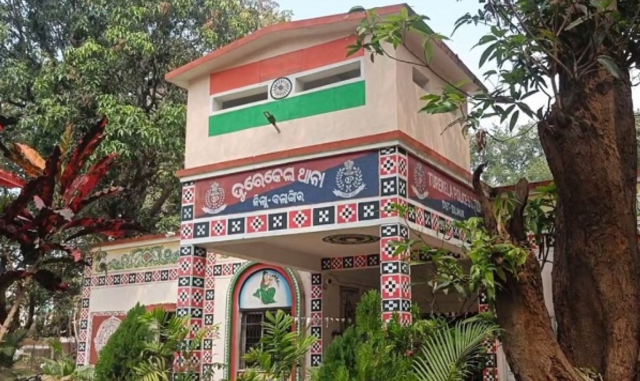The capital city of Odisha, Bhubaneswar, grappled with flash floods following a sudden rain, turning streets into rivers and disrupting normal life.
The situation underscores the challenges of inadequate infrastructure and the urgent need for enhanced flood resilience measures.
Scenes of students wading through knee-deep water, vehicles struggling to navigate flooded roads, and residents navigating through waterlogged areas paint a grim picture of the city’s plight. Pictures, taken across various parts of Bhubaneswar, highlights the scale of the disruption caused by the heavy rainfall.
The flooding has exposed the vulnerabilities in Bhubaneswar’s drainage system, which has been unable to cope with the intensity of the rains.
Key areas such as Gangua nullah and Daya West canal, which are critical for water outflow, are under scrutiny as part of a broader review by the housing and urban development secretary. This review addresses the recurring issue of waterlogging that plagues the city during the monsoon season.
The recurring nature of urban flooding in Bhubaneswar highlights the need for a comprehensive approach to flood resilience. Experts suggest that future planning must incorporate sustainable drainage practices and integrated stormwater management to address the challenges posed by climate change.
As Bhubaneswar continues to battle the aftermath of the heavy rains, the focus remains on restoring normalcy and preventing future occurrences of such severe flooding. The city’s resilience in the face of these challenges will be a critical test of its preparedness for the changing climate landscape.







































